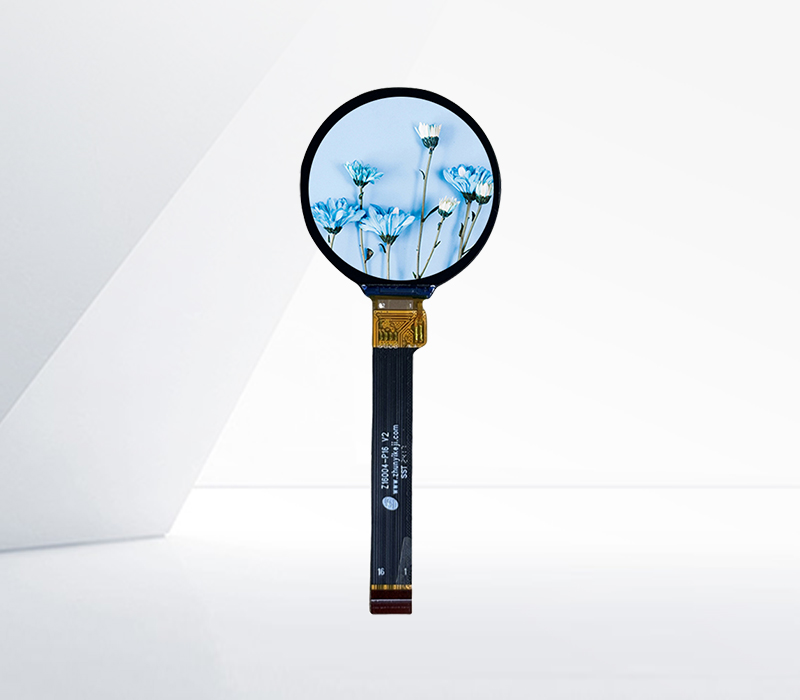




TN (Twisted Nematic) screens and LED (Light-Emitting Diode) screens represent two distinct technologies in display manufacturing, differing fundamentally in their operational principles, applications, and performance characteristics.
1. Technology and Structure
TN is a type of liquid crystal display (LCD) technology, focusing on the arrangement and behavior of liquid crystals. In TN panels, liquid crystals are twisted at a 90-degree angle between two polarizing filters. When an electric current is applied, the crystals untwist to allow light through, creating images. The light source in traditional TN screens is typically a CCFL (cold-cathode fluorescent lamp), although modern TN panels may use LED backlighting for energy efficiency.
LED screens, by contrast, are not a standalone display technology but refer to displays that use LED backlighting. LED itself is a solid-state lighting technology where diodes emit light when an electric current passes through them. In the context of displays, "LED screens" often refer to LCD panels backlit by LEDs (as opposed to CCFLs), but they can also include OLED (Organic LED) or Micro-LED displays, where each pixel is self-emissive.
2. Performance Characteristics
Response Time: TN panels are renowned for their ultra-fast response times (often 1ms or less), making them ideal for fast-paced applications like gaming or video editing, where motion blur is a critical concern.
Viewing Angles: TN screens have narrower viewing angles (typically 160 degrees horizontally/vertically), meaning colors and contrast degrade significantly when viewed off-center.
Color Accuracy: TN panels generally offer less vibrant colors and lower color accuracy, with limited support for wide color gamuts (e.g., sRGB vs. Adobe RGB).
Brightness and Contrast: LED backlighting provides higher brightness and dynamic contrast ratios, especially in local dimming implementations. OLED/LED-based displays offer perfect black levels due to self-emissive pixels, unlike TN’s reliance on backlighting.
3. Power Consumption and Lifespan
LED backlighting in TN or other LCD panels consumes less power than CCFLs, extending battery life in portable devices. LED components also have a longer lifespan (50,000+ hours) and are more resistant to physical damage. In self-emissive LED technologies (e.g., OLED), power consumption varies by pixel, further optimizing efficiency for dark scenes.
4. Applications
TN screens dominate budget gaming monitors and older laptop displays due to their speed and affordability. LED-based displays, including LED-backlit LCDs and self-emissive OLED/Micro-LED panels, are widely used in TVs, high-end monitors, smartphones, and digital signage for their superior color, contrast, and design flexibility (e.g., thin bezels, curved screens).
